What’s the big idea
The objective of the our project is to be able to create an interactive cycle between Lizzee, our collaborating artist and technology. Upon analysis of Lizzee’s different works of arts, we have decided to capture the molding and mass production of her hand sculpted models. Lizzee has a passion for creating models out of clay, then using the same mold to create a vacuum form model. With this process, the only variation she can make from one model type to the other is the color, making this process a little limiting. Lizzee would like to see some variation from model to model, and possibly end up with a model that looks nothing like the model it had originated from. To solve this problem, we plan to work with Lizzee and her models to introduce noise a little at a time, which, depending on her liking, she can add to the noise, or subtract from it.
Hybrid Fabrication Process
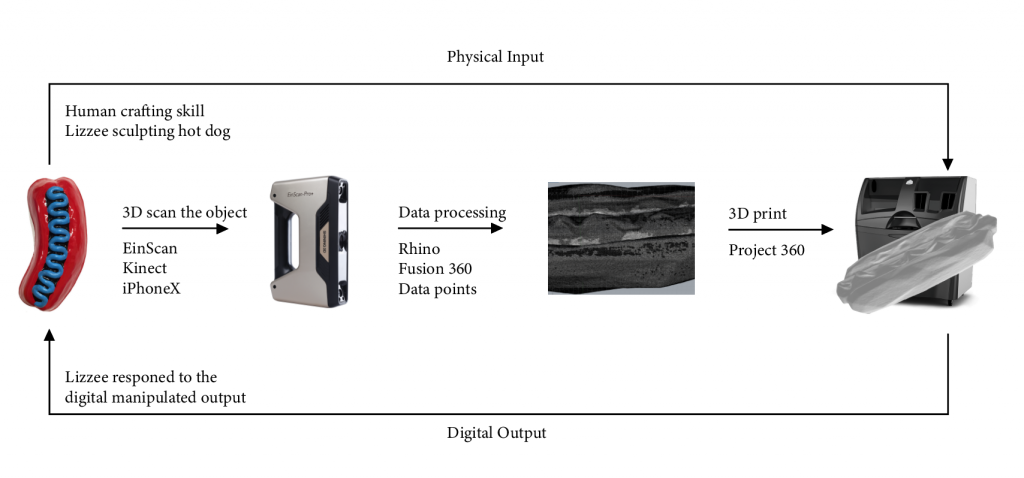
Capture the human crafting skill
When technology is incorporated, it can be very easy for the end product to lose the authorship and trademark that is unique to the artist. With this focus in mind, we have decided to go back and forth from Lizzee to the noise generating technology. Using either Kinect, a 3D scanner, photogrammetry or an iPhoneX, which will be determined upon further experimentation, we will capture Lizzee’s clay model to be analyzed in either Autodesk’s Fusion 360 or Rhino.
EinScan-Pro
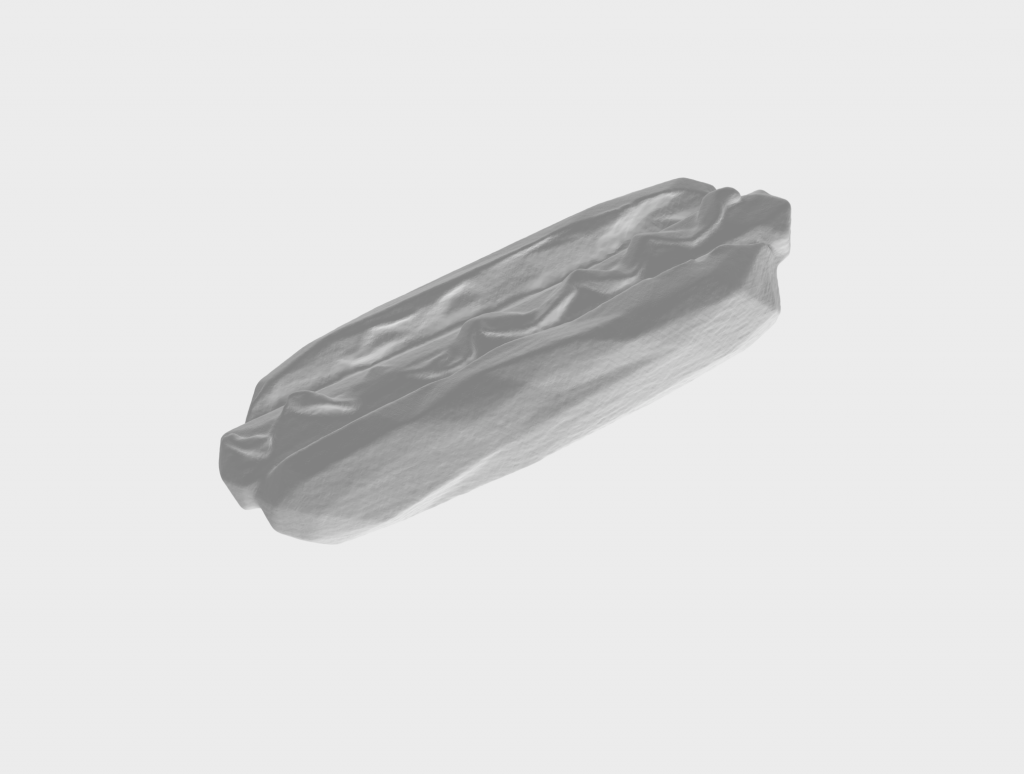
Kinect

iPhone X
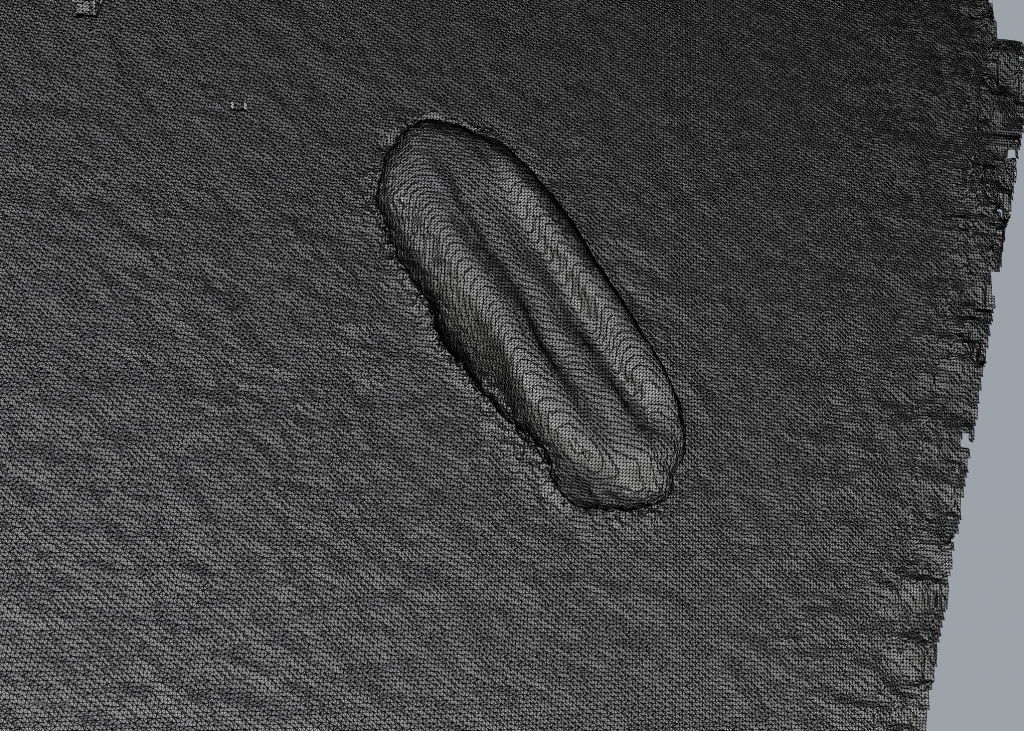
Data Processing
With that information, we will work on a program that given data, will generate noise, deforming or changing the shape of the original model. Also upon further experimentation, the noise will either be implemented through Rhino, Fusion 360, or by creating a Python program that will randomly add and delete data points of the model. Then, using PLA, plaster, resin, or nylon powder, we will 3D print the updated model where noise was incorporated. We would then give Lizzee the new model, allowing to her to make any changes to her liking, still somewhat being in control of what the final product would look like. We would continue this this process until Lizzee is satisfied with the quantity and quality of the most recently produced model.
Parametric modeling with Rhino/Grasshopper

Generative modeling with Fusion 360
Mess with the data points
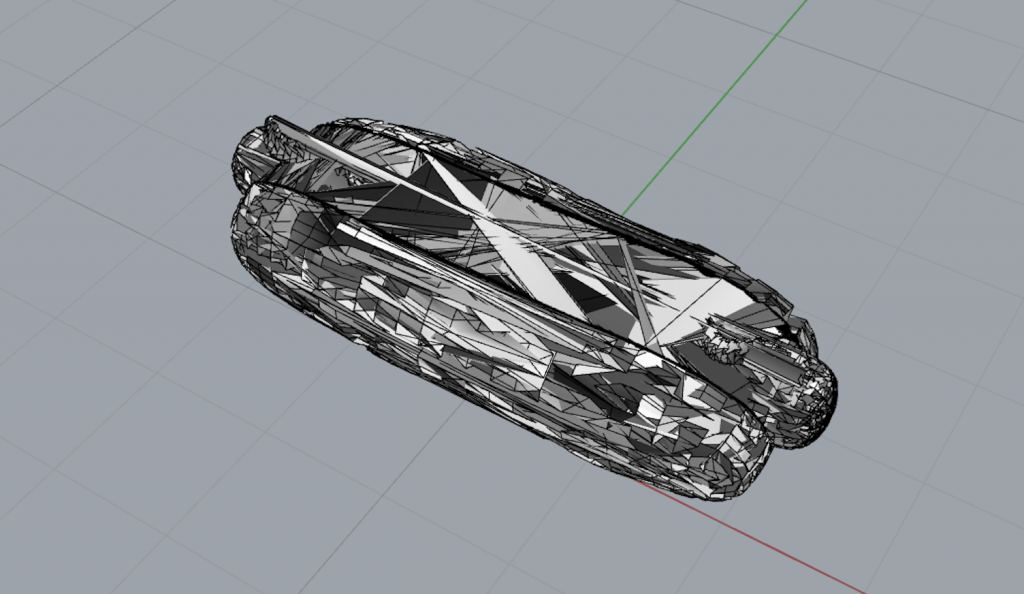
Print out the hot dog
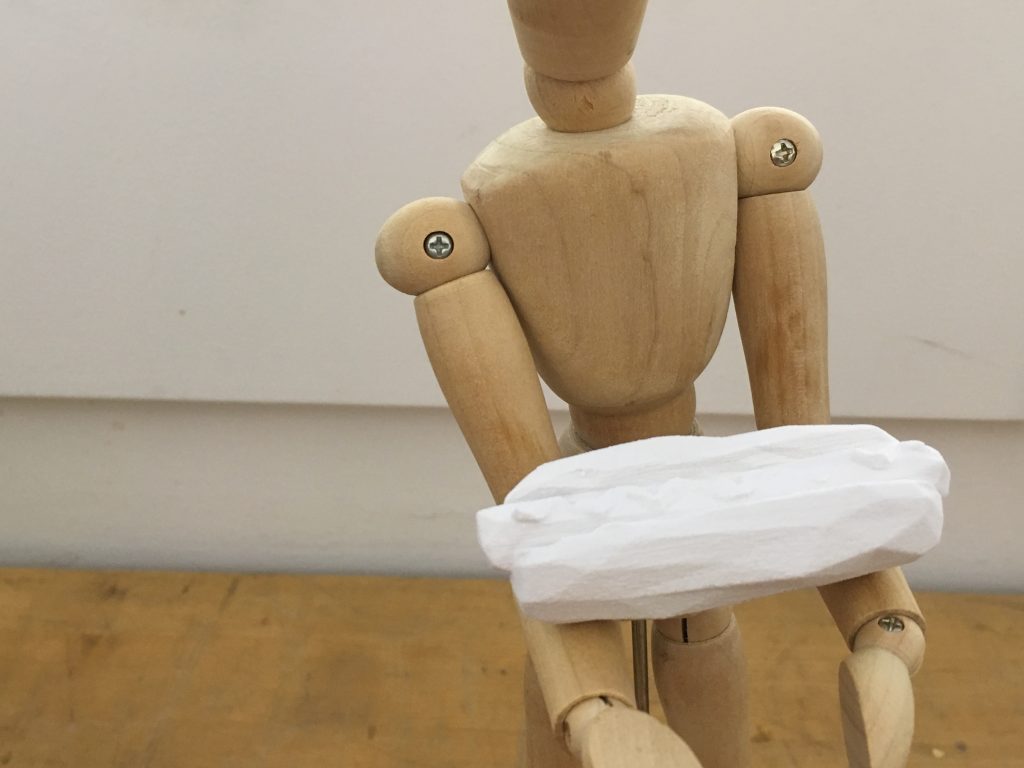
Since it can be challenging at times to use different software, we did small scale version of the described process on a smaller hot dog made of plaster to ensure that the technology works in the way that we need it to before working with Lizzee’s model. The different forms of technology have given us different types of data, which we can then learn from and implement some sourse of noise to. In addition to learning how this technology works, we plan to utilize the ABB robot to paint the created models, mostly for immersion printing. Since we plan to make multiple models in a limited amount of time, the robot would be able to add a nice layer of paint, more efficiently than humans can.
With our proposed process, we believe that we will produce an end product that is both appealing to Lizzee and is true to her, as well as including some technological input.